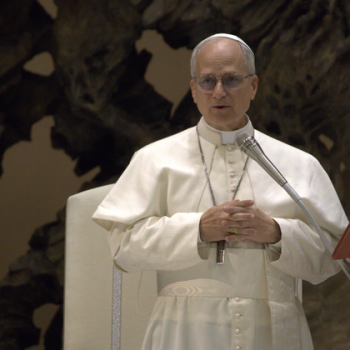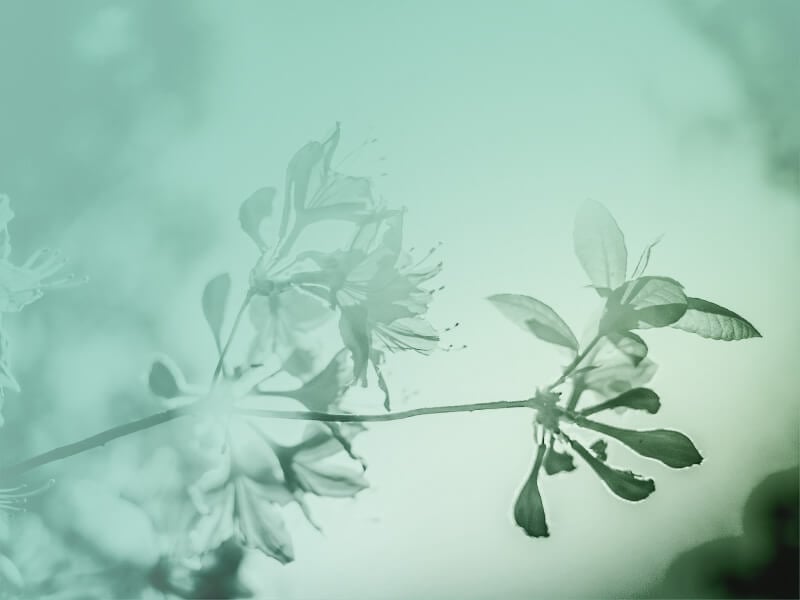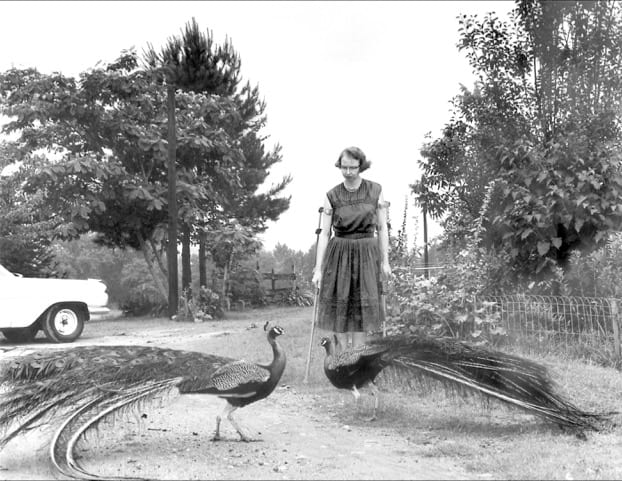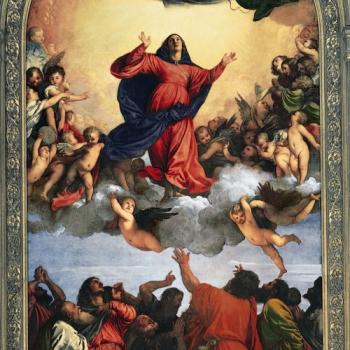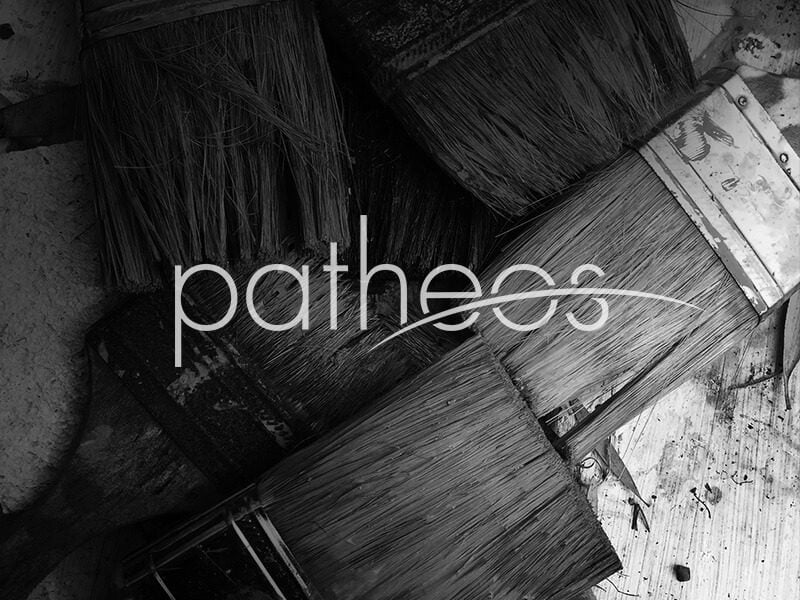Jacques Maritain, from “Art & Scholasticism”
If you want to make a Christian work, then be Christian, and simply try to make a beautiful work, into which your heart will pass; do not try to “make Christian.”
Do not make the absurd attempt to dissociate in yourself the artist and the Christian. They are one, if you are truly Christian, and if your art is not isolated from your soul by some system of aesthetics. But apply only the artist to the work; precisely because the artist and the Christian are one, the work will derive wholly from each of them.
Do not separate your art from your faith. But leave distinct what is distinct. Do not try to blend by force what life unites so well. If you were to make of your aesthetic an article of faith, you would spoil your faith. If you were to make of your devotion a rule of artistic activity, or if you were to turn desire to edify into a method of your art, you would spoil your art.
The entire soul of the artist reaches and rules his work, but it must reach it and rule it only through the artistic habitus. Art tolerates no division here. It will not allow any foreign element, juxtaposing itself to it, to mingle, in the production of the work, its regulation with art’s own. Tame it, and it will do all that you want it to do. Use violence, and it will accomplish nothing good. Christian work would have the artist, as artist, free.
Nevertheless art will be Christian, and will reveal in its beauty the interior reflection of the radiance of grace, only if it overflows from a heart suffused by grace. For the virtue of art which reaches it and rules it directly, presupposes that the appetite is rightly disposed with regard to the beauty of the work. And if the beauty of the work is Christian, it is because the appetite of the artist is rightly disposed with regard to such a beauty, and because in the soul of the artist Christ is present through love. The quality of the work is here the reflection of the love from which it issues, and which moves the virtue of art instrumentally. Thus it is by reason of an intrinsic superelevation that art is Christian, and it is through love that this superelevation takes place.
It follows from this that the work will be Christian in the exact degree in which love is vibrant. Let’s make no mistake about it: what is required is the very actuality of love, contemplation in charity. Christian work would have the artist, as man, a saint.
Pope John Paul II, from “Letter to Artists”
Every genuine artistic intuition goes beyond what the senses perceive and, reaching beneath reality’s surface, strives to interpret its hidden mystery. The intuition itself springs from the depths of the human soul, where the desire to give meaning to one’s own life is joined by the fleeting vision of beauty and of the mysterious unity of things. All artists experience the unbridgeable gap which lies between the work of their hands, however successful it may be, and the dazzling perfection of the beauty glimpsed in the ardour of the creative moment: what they manage to express in their painting, their sculpting, their creating is no more than a glimmer of the splendour which flared for a moment before the eyes of their spirit.
Pope Pius XII, from “The Function of Art”
The function of all art lies in fact in breaking through the narrow and tortuous enclosure of the finite, in which man is immerged while living here below, and in providing a window to the infinite for his hungry soul.
Flannery O’Connor, from “Mystery & Manners”
Whatever the novelist sees in the way of truth must first take on the form of his art & must become embodied in the concrete & the human. If you shy away from sense experience, you will not be able to read fiction; but you will not be able to apprehend anything else in the world either, because every mystery that reaches the human mind, except in the final stages of contemplative prayer, does so by way of the senses. Christ didn’t redeem us by a direct intellectual act, but became incarnate in human form, & he speaks to us now through the mediation of a visible Church. All this may seem a long way from the subject of fiction, but it is not, for the main concern of the fiction writer is with mystery as it is incarnated in human life.”
Aleksandr Solzhenitsyn, from “Beauty Will Save the World”
Dostoyevsky once let drop the enigmatic phrase: “Beauty will save the world.” What does this mean? For a long time it used to seem to me that this was a mere phrase. Just how could such a thing be possible? When had it ever happened in the bloodthirsty course of history that beauty had saved anyone from anything? Beauty had provided embellishment certainly, given uplift—but whom had it ever saved?
However, there is a special quality in the essence of beauty, a special quality in the status of art: the conviction carried by a genuine work of art is absolutely indisputable and tames even the strongly opposed heart. One can construct a political speech, an assertive journalistic polemic, a program for organizing society, a philosophical system, so that in appearance it is smooth, well structured, and yet it is built upon a mistake, a lie; and the hidden element, the distortion, will not immediately become visible. And a speech, or a journalistic essay, or a program in rebuttal, or a different philosophical structure can be counterposed to the first—and it will seem just as well constructed and as smooth, and everything will seem to fit. And therefore one has faith in them—yet one has no faith.
It is vain to affirm that which the heart does not confirm. In contrast, a work of art bears within itself its own confirmation: concepts which are manufactured out of whole cloth or overstrained will not stand up to being tested in images, will somehow fall apart and turn out to be sickly and pallid and convincing to no one. Works steeped in truth and presenting it to us vividly alive will take hold of us, will attract us to themselves with great power- and no one, ever, even in a later age, will presume to negate them. And so perhaps that old trinity of Truth and Good and Beauty is not just the formal outworn formula it used to seem to us during our heady, materialistic youth. If the crests of these three trees join together, as the investigators and explorers used to affirm, and if the too obvious, too straight branches of Truth and Good are crushed or amputated and cannot reach the light—yet perhaps the whimsical, unpredictable, unexpected branches of Beauty will make their way through and soar up to that very place and in this way perform the work of all three.
And in that case it was not a slip of the tongue for Dostoyevsky to say that “Beauty will save the world,” but a prophecy. After all, he was given the gift of seeing much, he was extraordinarily illumined.
And consequently perhaps art, literature, can in actual fact help the world of today.
Madeline L’Engle, from “Walking on Water”
The artist is a servant who is willing to be a birthgiver. In a very real sense the artist (male or female) should be like Mary who, when the angel told her that she was to bear the Messiah, was obedient to the command.
…I believe that each work of art, whether it is a work of great genius, or something very small, comes to the artist and says, “Here I am. Enflesh me. Give birth to me.” And the artist either says, “My soul doth magnify the Lord,” and willingly becomes the bearer of the work, or refuses; but the obedient response is not necessarily a conscious one, and not everyone has the humble, courageous obedience of Mary.
As for Mary, she was little more than a child when the angel came to her; she had not lost her child’s creative acceptance of the realities moving on the other side of the everyday world. We lose our ability to see angels as we grow older, and that is a tragic loss.
Nikolai Berdayev, from “The Crisis of Art”
Art has to be free. This — is an axiom very elementary, something not worth breaking a spear over. The autonomy of art has forever been affirmed. Artistic creativity ought not to be subjected to norms external to it, whether moral, social or religious. But the autonomy of art does not at all signify, that artistic creativity can or ought to be torn asunder from spiritual life and from the spiritual developement of man. Freedom is not a void. Free art emerges out from the spiritual depths of man, as a free fruition. And only profound and valuable is that art, in which there is sensed this depth. Art reveals freely all the depth and encompasses by itself all the fullness of being. But those, who are too frightened of heteronomous principles in art and its subordination to external norms, think to save the autonomy of art moreso, than they would by forcibly consigning it to an existence superficial and isolated. This is also what I tend to call spiritual illiteracy. A man, cast stranded on the surface, a man with an “I” disintegrated core, torn asunder into mere moments and shreds, cannot create powerful and great art. Art inevitably has to emerge from its shut-in and isolated existence and pass over to the creativity of a new life. And in this has to be admitted the truth of the synthetic strivings in art. Theurgy, about which have tended to dream the finest Symbolists and heralds of a religious art, — represents the ultimate limit of human creativity. But the paths to theurgy are complex, tortuous and tragic. There is the danger of too prematurely and externally conceived a theurgic art. Art cannot and ought not to be subordinated to any sort of an external religious norm, to any sort of norm of spiritual life, which would transcend the art itself. By such a path would be created merely a tendentious art.






